Fall is the perfect time to get creative with sensory bins. These engaging and educational activities are wonderful for young children, particularly those aged 2 to 5 years old, as they explore the changing seasons. Here’s a guide to creating a fall sensory bin that will not only keep your little ones entertained but also support their development in a variety of ways.
Why Sensory Bins?
Before we jump into the specifics, let’s talk about why sensory bins are so beneficial for young children:
- Enhances Sensory Exploration: Sensory bins allow children to explore different textures, colors, and materials, which is crucial for their sensory development.
- Promotes Fine Motor Skills: Activities like pouring, scooping, and grasping small items help children develop their fine motor skills.
- Encourages Language Development: Children enhance their vocabulary and language skills as they describe their experiences with the sensory bin materials.
- Facilitates Social Interaction: Sensory bins provide opportunities for children to play together, promoting social skills and cooperation.
- Introduces Early Math Concepts: Through activities like counting and sorting, children can start to grasp basic math concepts.
- Fosters Creativity: Sensory bins encourage imaginative play and creativity as children interact with the different items.
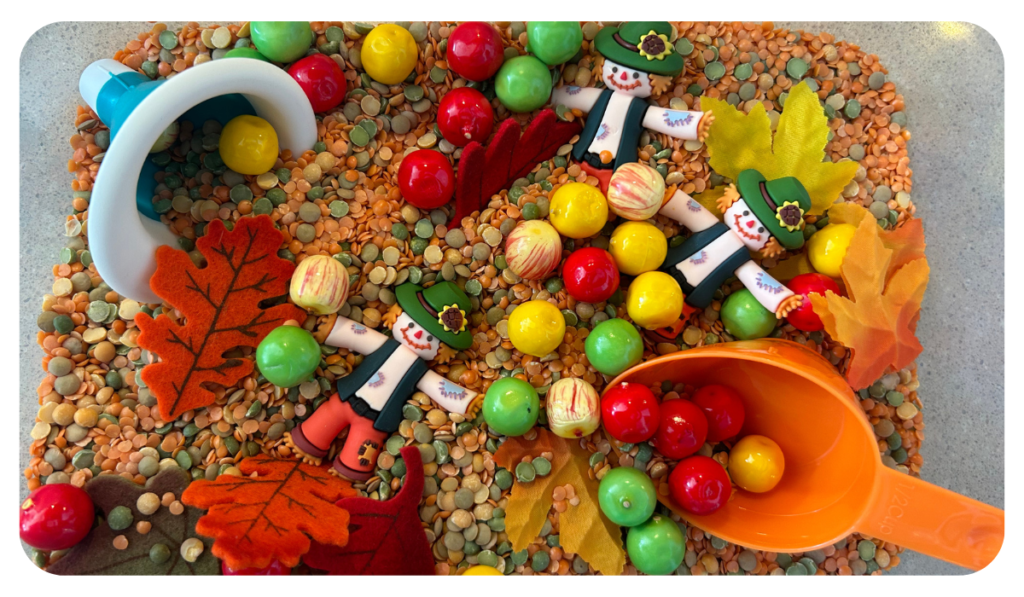
Materials for Fall Sensory Bins
Creating a sensory bin doesn’t have to be complicated. It can, however, be expensive. Read further down for some cost saving measures you can take to help keep costs down. I suggest using some things you already have when possible. Our suggestions below can help you think about what you might already have. Here’s a list of easily accessible items you can include:
- Plastic or Resin Pumpkins:* These are great for adding a touch of fall and can be used to teach shapes and sizes.
- Mini Scarecrows: (as seen in photo) Perfect for imaginative play and storytelling.
- Corn KernelsandBrown Beans as Fillers: These materials add texture and are great for scooping and pouring activities.
- Fall Colored Rice as a Filler: Dye some rice with fall colors to make your bin more visually appealing.
- 2000 Pieces Pom Poms for Filler
- Pom Poms and Felt Leaves: Also tongs, bowls included
- Resin Leaves, Pumpkins, and Acorns: These can be used for sorting and counting activities.
- Individual or Larger Shallow Containers: To hold all the materials and make it easy for several children to play at once.
- Sensory Bin Tools: Include scoops, cups, shovels, and funnels for added fun and skill development.
- Small apples (as seen in photo)
- Orange lentils (in photo)
- Multi-colored lentils (in photo)
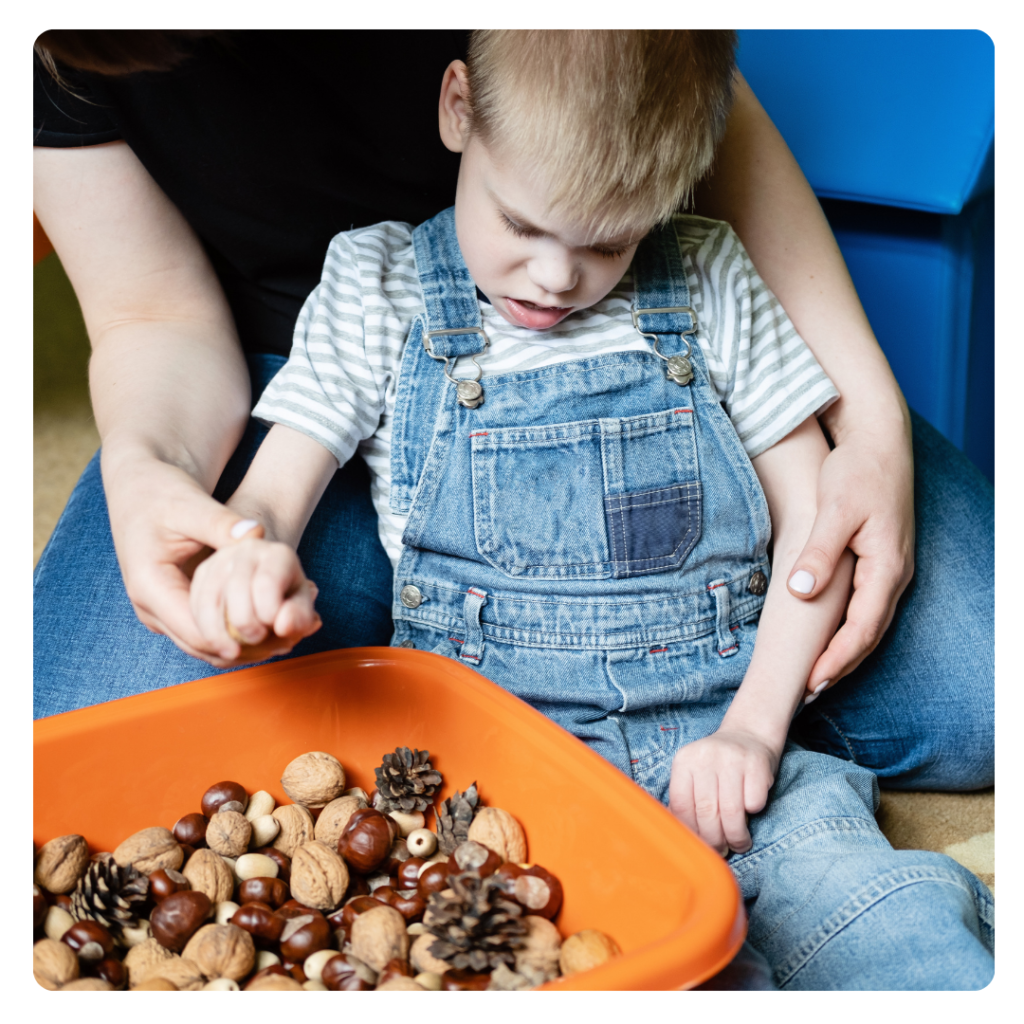
Steps to Create Your Fall Sensory Bin
- Gather Your Materials:
Start by collecting all the items listed above.
- Prepare the Base:
Fill your shallow container with the corn kernels, brown beans or fall-colored rice. These will act as the base materials that children can scoop and pour.
- Add Seasonal Items:
Place the plastic or resin pumpkins, mini scarecrows, and resin leaves, pumpkins, and acorns on top of the base materials.
- Include Sensory Bin Tools:
Scatter scoops, cups, shovels, and funnels throughout the bin for children to use. This adds an element of exploration and can help develop fine motor skills.
- Set Up a Safe Play Area:
Always supervise young children during sensory play, especially with small parts. Set up the bin in a safe area where you can easily keep an eye on the kids.
Cost-Sharing Tips
Creating a sensory bin can be a fun and cost-effective activity if you share the expenses with another parent or teacher. Here are some ideas to keep costs down:
- Bulk Buying: Purchase items in bulk and split the cost with others.
- DIY Materials: Make some items yourself, like dyeing rice with food coloring.
- Recycle and Repurpose: Use household items like old containers or kitchen utensils.
- Properly Store Materials: Properly taking care of your materials can help keep materials for longer.
- Save Money By Creating Individual Sensory Containers: I use food storage containers from the Dollar Tree (194 oz). These are the PERFECT size for individual sensory play, but not always available. They’re 4″ deep, which is great for this activity! We also have a link for other individual sensory bins.
A fall sensory bin is a fantastic way to engage young children in educational play. They not only provide hours of fun but also support important developmental skills. Whether you’re a parent or a teacher, creating a sensory bin is a rewarding activity that can bring joy and learning to any home or classroom.
If you’re still looking for more fall activities, we’ve got just what you need! Try our Fall, Halloween and Farm Theme Activities!
Happy Fall and Happy Playing! 🍂
* The links provided are affiliate links. If you click on the links and make a purchase, I receive a small commission at no additional cost to you.

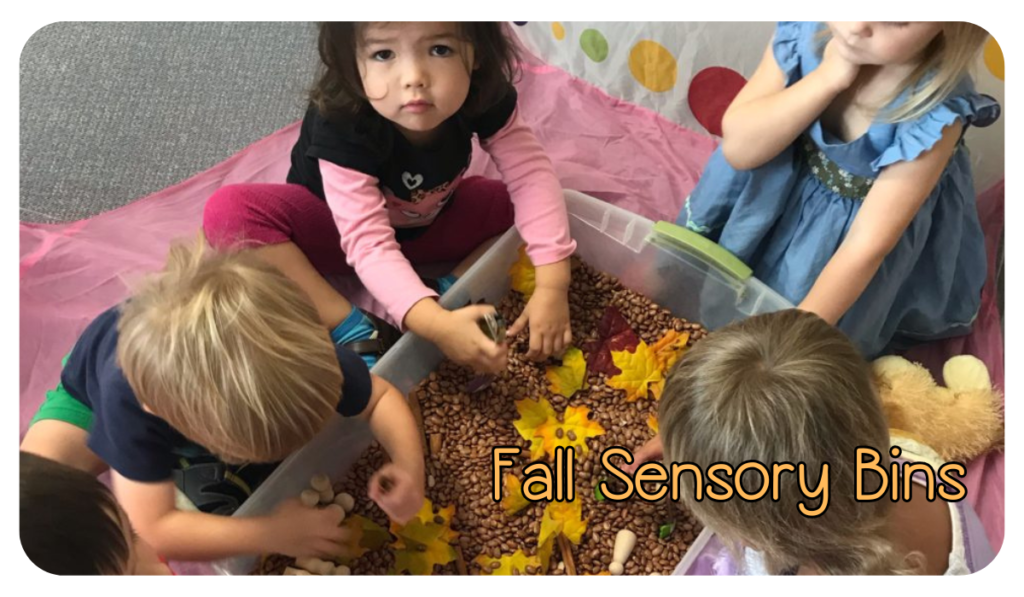
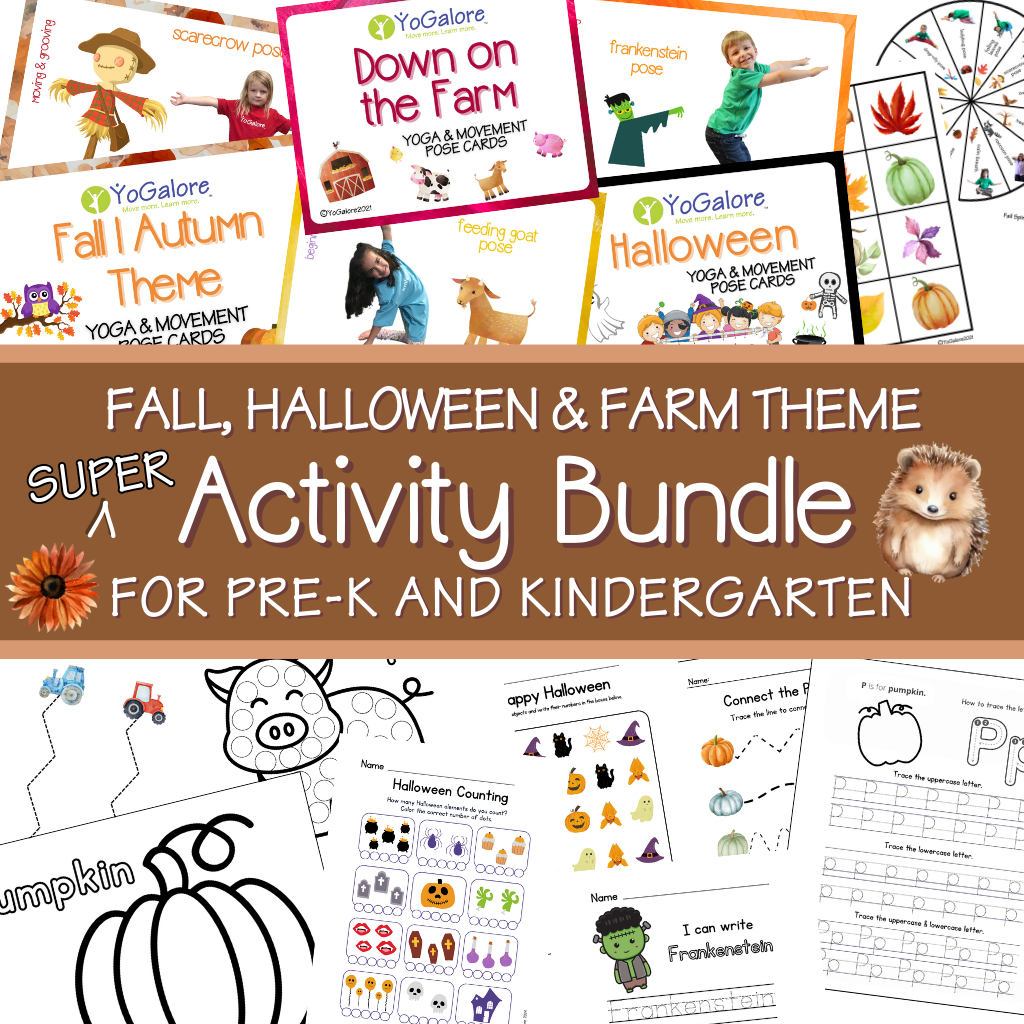
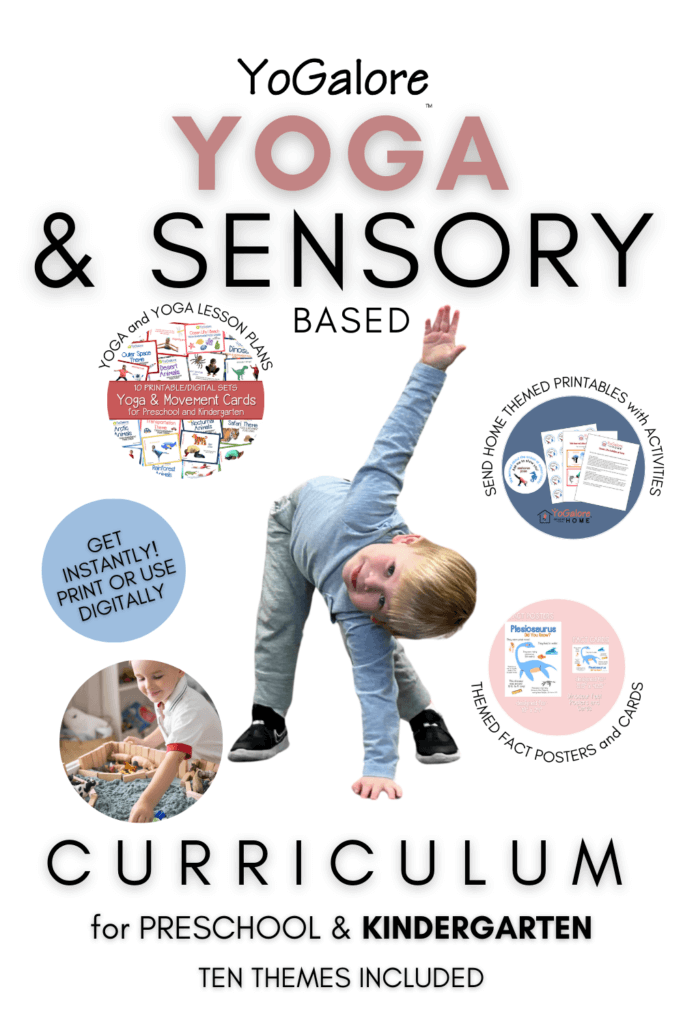
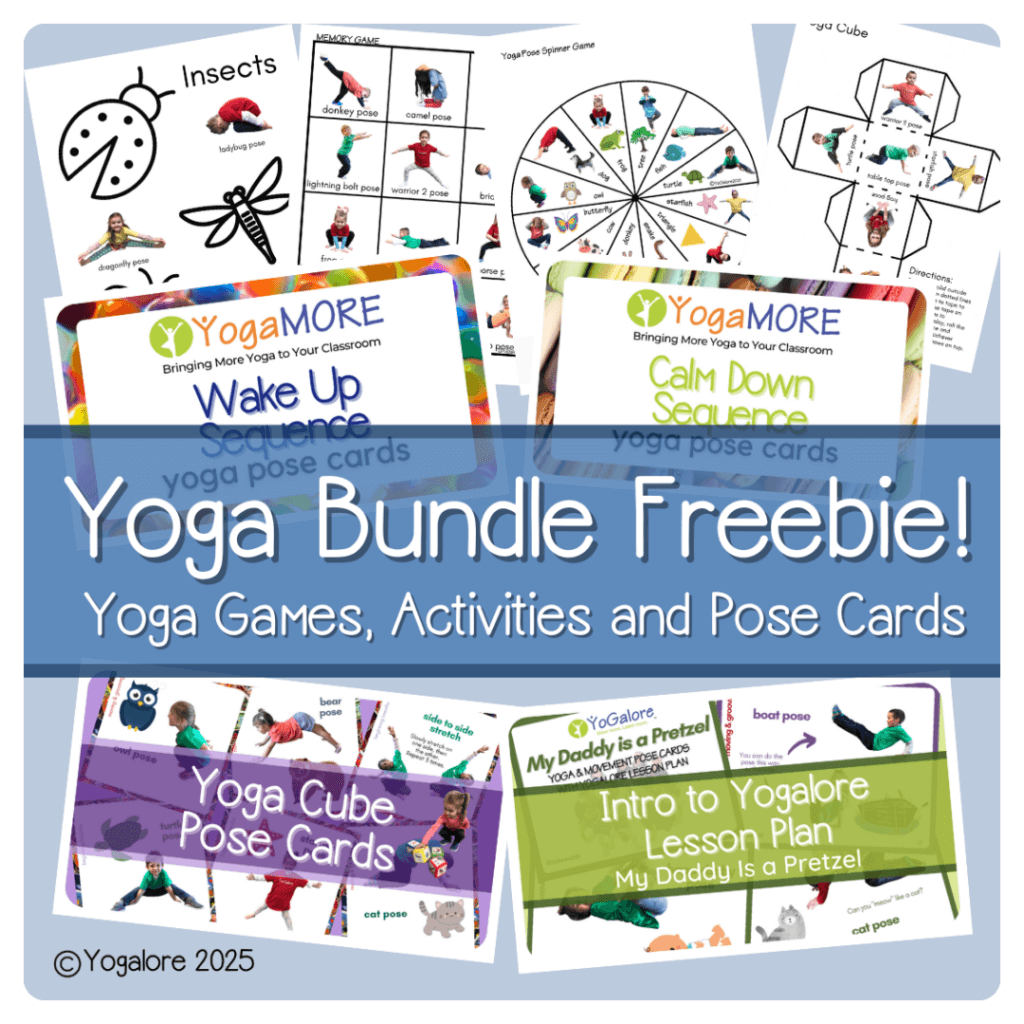

One Response